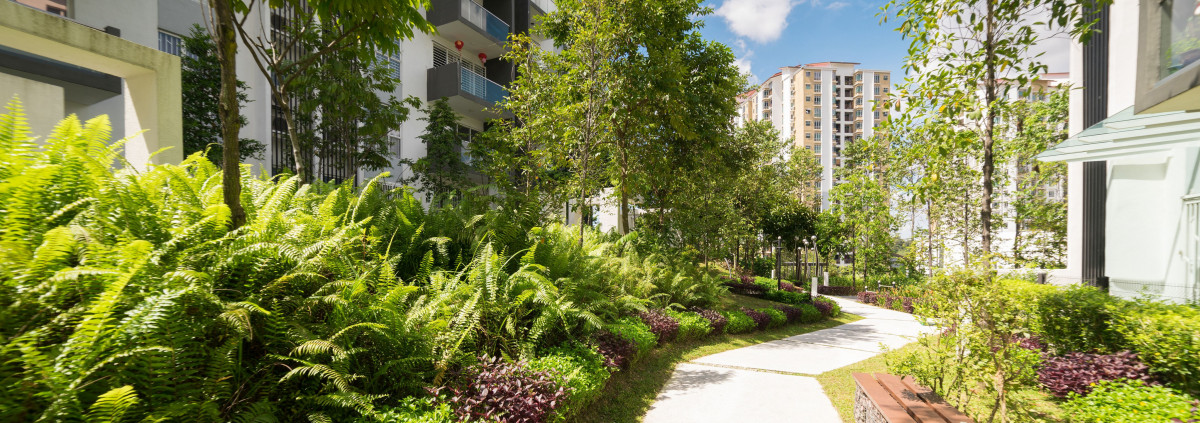Green Urban Development
New opportunities for environmental sustainability arose from the COVID-19 Pandemic. This cluster addresses green recovery, urban biodiversity and ecosystem protection, and circular water management.
Especially during the COVID-19 pandemic, access to urban green spaces proved to be an important source of recreation and stress reduction, contributing to the physical and mental health and well-being of urban residents. Rarely has the importance of accessible green space been more relevant than in times when social distancing became an important measure to fight the spread of the virus . As a result, voices grew louder to use the COVID-19 pandemic as a starting point for sustainable urban transformation. Post-COVID urban transformation plans offer the opportunity to prioritize aspects of green urban development to help reduce CO2 emissions and achieve our climate goals, as well as strengthen the multiple social, health, economic and environmental functions of urban green space. These functions include increasing urban biodiversity, strengthening resilience to future climate-related risks, and reducing the vulnerability of urban populations. Urban greenery has a positive impact on the health and well-being of residents from all social groups and provides opportunities for social integration and participatory and socially equitable urban planning. In addition, green investments create jobs and make an important contribution to improving urban economic performance.
Some green recovery initiatives in response to the pandemic already show the ambition of cities to use the crisis as a starting point for green, inclusive and socially just urban development. The task now is to strengthen these initiatives and discuss existing approaches and develop new ones through a fruitful exchange of knowledge and expertise among municipal actors.
